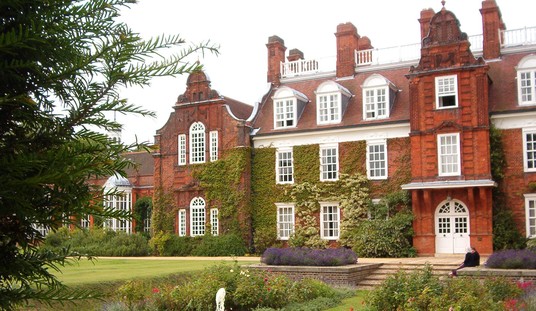A week ago I wrote about the Dixie Fire which had by then become the largest standalone fire in the state’s history burning more than 400,000 acres. In the past week the Dixie Fire has continued to burn and has now consumed over half a million acres and destroyed nearly 600 homes.
There’s a very strange side-story that has been happening in this same vicinity. Even as firefighters have been struggling to contain the Dixie Fire, a former sociology professor named Gary Maynard has been accused of serial arson. Maynard allegedly set several fires on public land that authorities say were designed to expand the size of the Dixie Fire and potentially trap firefighters between wildfires. This summary of Maynard’s behavior comes from court documents as reported by CBS News:
“He entered the evacuation zone and began setting fires behind the first responders fighting the Dixie fire. In addition to the danger of enlarging the Dixie fire and threatening more lives and property, this increased the danger to the first responders, ” the document alleges. “Maynard’s fires were placed in the perfect position to increase the risk of firefighters being trapped between fires. But for the dedication and efforts of U.S. Forest Service investigators working around the clock to track Maynard, those fires would not have been discovered in their infancy.”
As recently as last year, Maynard was working as a criminal justice professor at Sonoma State University. The school announced his hiring by reciting his academic bio: “Dr. Gary Maynard graduated from Bowling Green State University, University of Alaska Fairbanks and Stony Brook University. He has three master’s degree (political science, theater arts, and sociology) and a Ph.D. in sociology.” But according to court documents, this year Maynard may have set as many as six separate fires. Maynard came to the attention of a Forest Service fire investigator after his car got stuck near the origin of the Cascade Fire:
A Forest Service fire investigator determined the Cascade Fire was likely the result of arson. He also noticed that on a dirt road 150 to 200 yards from the fire, a man was struggling to free his car, a black Kia Soul, after the vehicle’s rear had failed to clear a partially buried boulder.
A witness told investigators that the man, later identified as Maynard, had arrived several hours before the fire started, court records show. The witness said the man had walked off in the direction of where the fire eventually ignited, returning around 10 minutes later. After the man returned, the witness recalled, smoke from the Cascade Fire became visible.
The investigator kept his distance from Maynard, citing the man’s “uncooperative and agitated behavior.” But he took a picture of his car, and the license plate number led to Maynard.
Tracking the tire tread left behind by Maynard’s car connected him to a string of other arson fires in the area which started in early July and continued through last week.
Investigators said they’ve connected Maynard to a string of fires in Northern California, as early as the Bradley Fire that destroyed over 300 acres on July 11, and possibly as early as the Sweetbriar Fire on July 6. Both of those blazes struck in the Mount Shasta area, northwest of the Lassen National Forest where the Dixie Fire is still raging.
The arson spree became so serious that Forest Service Special Agents eventually put a tracker on Maynard’s car and were following him and putting out fires soon after he started them. At the moment, he has only been charged with setting one fire, the Ranch Fire, which is pictured above. That could change as authorities clearly believe they can tie him to several more arson fires. There’s no evidence that Maynard is responsible for the Dixie Fire itself. PG&E has suggested it’s possible a tree fell on one of their power lines, starting the fire. A judge has ordered them to provide evidence by next Monday.
Maynard was finally arrested last Saturday and denied having set any fires. There’s still no clear motive in the case but there is evidence that Maynard may be experiencing some kind of mental breakdown.
The affidavit filed in the case cites a call to San Jose police from a concerned neighbor in October that raised mental health concerns. In another incident in July, a witness reported that he seemed unwell and had displayed a large knife, according to the document.
The witness at the Cascade Fire also described Maynard as displaying “bipolar” behavior. Even after he was arrested, Maynard allegedly began kicking to door of his cell and shouting threats, “I’m going to kill you, f***ing pig! I told those f***ers I didn’t start any of those fires!” Here’s a local news report on the case.







Join the conversation as a VIP Member